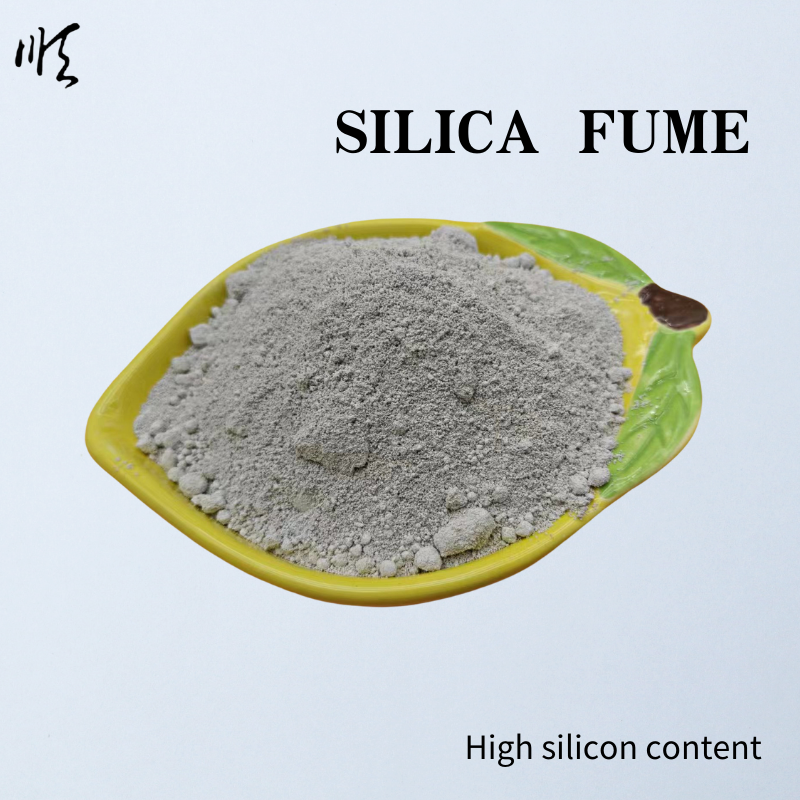
Advancements in Resin Coated Sand Proppant Technology for Enhanced Oil Recovery Techniques
Understanding Resin-Coated Sand Proppants An Essential Component in Hydraulic Fracturing
In the realm of unconventional oil and gas extraction, resin-coated sand proppants play a pivotal role, contributing significantly to the efficiency and effectiveness of hydraulic fracturing (fracking) processes. As energy demand continues to escalate globally, the need for innovative solutions to optimize hydrocarbon production becomes increasingly critical. This article delves into the characteristics, manufacturing processes, applications, and benefits of resin-coated sand proppants.
What Are Resin-Coated Sand Proppants?
Resin-coated sand proppants are specially engineered materials utilized in hydraulic fracturing to keep fractures open and facilitate the flow of oil and gas from the reservoir to the surface. Composed primarily of high-quality sand particles coated with a thermosetting resin, these proppants exhibit enhanced performance characteristics compared to traditional uncoated sand.
The coating process involves applying a thin layer of resin to the sand grains, which provides several functional advantages. The resin contributes to the proppant's strength and durability, ensuring it can withstand the immense pressure within the fracture environment. Additionally, the hydrophobic properties of the resin help reduce the adsorption of water, previously considered a significant disadvantage in traditional sand proppants.
Manufacturing Process
The production of resin-coated sand proppants requires precision and control to achieve the desired performance attributes. The manufacturing process typically involves several key steps
2. Coating Application The selected sand is then coated with a specially formulated resin. This step often occurs in a controlled environment, utilizing techniques such as fluidized bed coating, which ensures an even distribution of resin across the sand grains.
3. Curing Process After the resin application, the coated sand undergoes a curing process. This thermal treatment solidifies the resin, forming a robust bond between the sand grains and enhancing the overall strength of the proppant.
resin coated sand proppant

4. Quality Control Rigorous testing ensures that the final product meets industry standards for size, strength, permeability, and other critical parameters.
Applications in Hydraulic Fracturing
Resin-coated sand proppants find extensive application in various hydraulic fracturing operations across the oil and gas industry. They are particularly favored in wells that experience high pressures and require proppants that can maintain structural integrity under challenging conditions. Their use has been associated with improved fracture conductivity, enabling better hydrocarbon flow and thus higher production rates.
In addition, the unique properties of resin-coated sand proppants allow for their utilization in both low-permeability and high-permeability formations. Moreover, they can be tailored to specific reservoir conditions, further enhancing their applicability. The versatility of resin-coated sand proppants has made them a preferred choice among operators aiming to maximize resource extraction while minimizing environmental impact.
Benefits Over Traditional Proppants
One of the primary advantages of resin-coated sand proppants is their superior chemical and mechanical properties. Compared to traditional proppants, they exhibit reduced breakdown rates and improved strength at elevated temperatures, allowing for better performance in challenging reservoir conditions. Moreover, the enhanced flow capability facilitates the extraction of more oil and gas, leading to increased overall production returns.
Another significant benefit lies in their ability to reduce the environmental footprint of fracking operations. The hydrophobic nature of the resin minimizes water usage and helps in reducing the gel-strength, which can sometimes impede flow. Consequently, this leads to a more efficient fracking process, with lesser additives needed, and a lower likelihood of potential reservoir damage.
Conclusion
As the energy landscape evolves, the importance of innovative materials like resin-coated sand proppants continues to grow. Their ability to improve hydraulic fracturing efficiency, combined with enhanced mechanical properties and environmental benefits, positions them as an indispensable component in the modern extraction of hydrocarbons. With ongoing advancements in material science, the future of resin-coated sand proppants looks promising, paving the way for even more effective and sustainable oil and gas production methods.
Share
-
Fly Ash Solutions Enhanced by GPT-4 Turbo | Sustainable InnovationNewsAug.01,2025
-
Natural Premium Bentonite Cat Litter - Superior ClumpingNewsJul.31,2025
-
Premium Resin Coated Sand - High Heat Resistance CastingNewsJul.31,2025
-
High Quality Silicon Carbide Grit for Abrasive ApplicationsNewsJul.30,2025
-
High-Quality Ceramsite for Plants & Gardening | Lightweight PebblesNewsJul.29,2025
-
Premium Burgundy Glass Marbles for Vases & Shooter GamesNewsJul.29,2025






